Introduction
In a world that often struggles to embrace differences, Pixar's short film "Float" emerges as a poignant narrative that resonates deeply with families navigating the complexities of neurodiversity. This heartfelt story, crafted by Bobby Rubio, draws from his personal experiences as a parent to illuminate the profound bond between a father and his son, who possesses the extraordinary ability to float. Through this metaphor, the film explores themes of acceptance, love, and the beauty of individuality, inviting audiences to reflect on their perceptions of uniqueness.
As the narrative unfolds, it not only highlights the emotional challenges faced by families with neurodivergent children but also underscores the importance of representation in media. "Float" serves as a powerful reminder that every child's journey is unique, and through understanding and support, love can triumph over societal fears and judgments. This article delves into the film's impact, its authentic portrayal of autism, and the vital conversations it ignites about acceptance and the celebration of diversity.
The Story Behind 'Float': A Personal Journey of Acceptance
'Float' is a heartfelt short creation produced by Pixar, crafted by Bobby Rubio, who draws from his own experiences as a parent navigating the complexities of raising a child with unique abilities. The narrative resonates deeply, reflecting Rubio's relationship with his son, who is on the autism spectrum. This personal connection imbues the production with authenticity, making it relatable to numerous families facing similar journeys.
At its core, 'Float' presents a profoundly emotional exploration of acceptance. The film illustrates the father's evolving understanding and unconditional love for his son, who possesses the ability to float—a powerful metaphor for feeling different in a world that often struggles to embrace diversity. Through this poignant storytelling, viewers are invited to witness not just the challenges of parenting a neurodivergent individual, but also the beauty and growth that emerge from their bond.
This narrative aligns with broader conversations about the importance of recognizing and celebrating neurodiversity. In various resources, such as 'Parenting at the Intersections,' families share their frontline experiences, emphasizing the significance of visibility and support for parents of neurodivergent youth. As the narrative progresses, this tale serves as a reminder that every child’s journey is unique, and the love between parent and child can transcend societal perceptions and expectations.
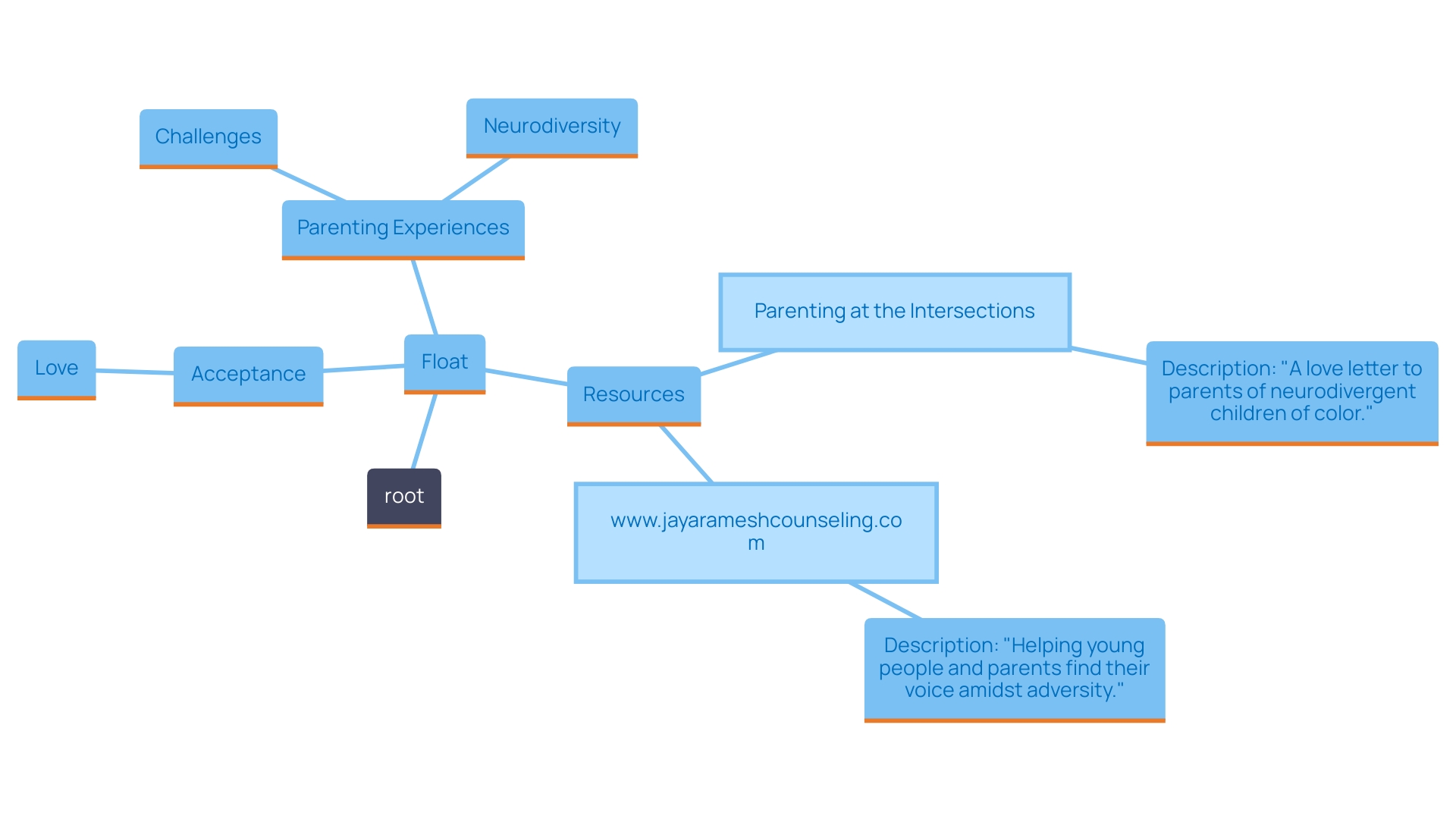
The Metaphor of Floating: Understanding Autism and Differences
'In Pixar's animated short 'Float', floating serves as a powerful metaphor for individuality, particularly resonant for those on the autism spectrum.'. The protagonist's son, who floats effortlessly, embodies the beauty of being different, urging viewers to celebrate uniqueness rather than conceal it. This portrayal challenges societal norms and expectations, inviting audiences to reflect on their perceptions of diversity and acceptance. The film emphasizes that differences, such as those experienced by neurodivergent individuals, should be embraced as valuable aspects of human identity.
The concept of neurodiversity is central to understanding this narrative. Neurodiversity encompasses a variety of cognitive profiles, including autism, ADHD, and dyslexia, highlighting significant differences in how individuals process information. This perspective shifts the focus from a medical model of disability—often framed around deficits—to a social model that recognizes societal barriers as the root of challenges faced by neurodivergent individuals. By depicting the emotional journey of a father and son, this film reinforces the importance of unconditional love and support in overcoming these barriers.
As we delve into the themes of the film, it becomes evident that representation matters. 'The lack of visibility for disabilities in youth media has long been a challenge, yet 'Float' stands out as a poignant example of how storytelling can foster understanding and acceptance.'. 'It is essential to create spaces where varied stories can thrive, allowing all children to see themselves reflected in the tales they consume.'. This portrayal not only confirms their experiences but also informs society about the beauty of diversity, as observed through the perspective of the movie.
Through its heartfelt narrative, this film serves as a reminder that embracing differences enriches our communities. As the conversation around neurodiversity evolves, films like this encourage a deeper appreciation for the unique journeys of individuals, fostering an environment where acceptance and understanding prevail.
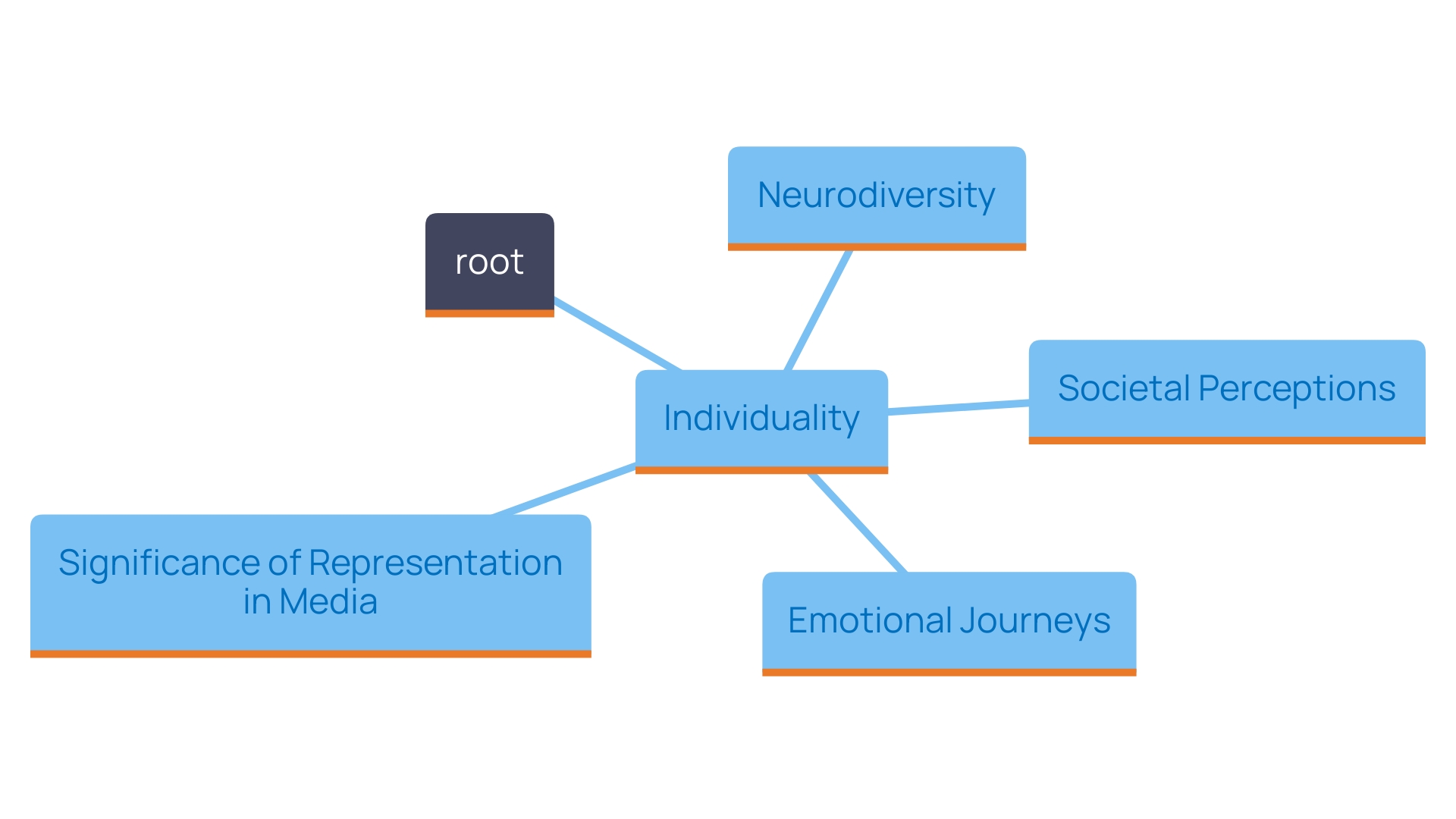
The Importance of Representation and Authenticity in 'Float'
'The work' emerges as a pivotal piece in contemporary media, particularly for its authentic portrayal of autism within the context of a father-son relationship. This fresh narrative perspective not only resonates deeply with families but also sheds light on the often-overlooked experiences of individuals on the autism spectrum. Representation in media is crucial; it validates the realities of the autism community while simultaneously educating the wider public about their journeys. By incorporating genuine emotions and relatable experiences into its narrative, this film acts as a powerful catalyst for nurturing empathy and understanding.
Research indicates that accurate representation in media can significantly influence public attitudes and beliefs about disabilities. The Norman Lear Center's Media Impact Project emphasizes how entertainment influences our views, reinforcing the notion that narratives akin to the mentioned film can foster a greater comprehension of the difficulties encountered by those who are different.
As we engage with such narratives, they amplify the importance of authentic storytelling in media. The emotional depth showcased in the film not only captivates audiences but also encourages discussions around acceptance and love in the face of adversity, reminding us that every child's uniqueness deserves recognition and support.
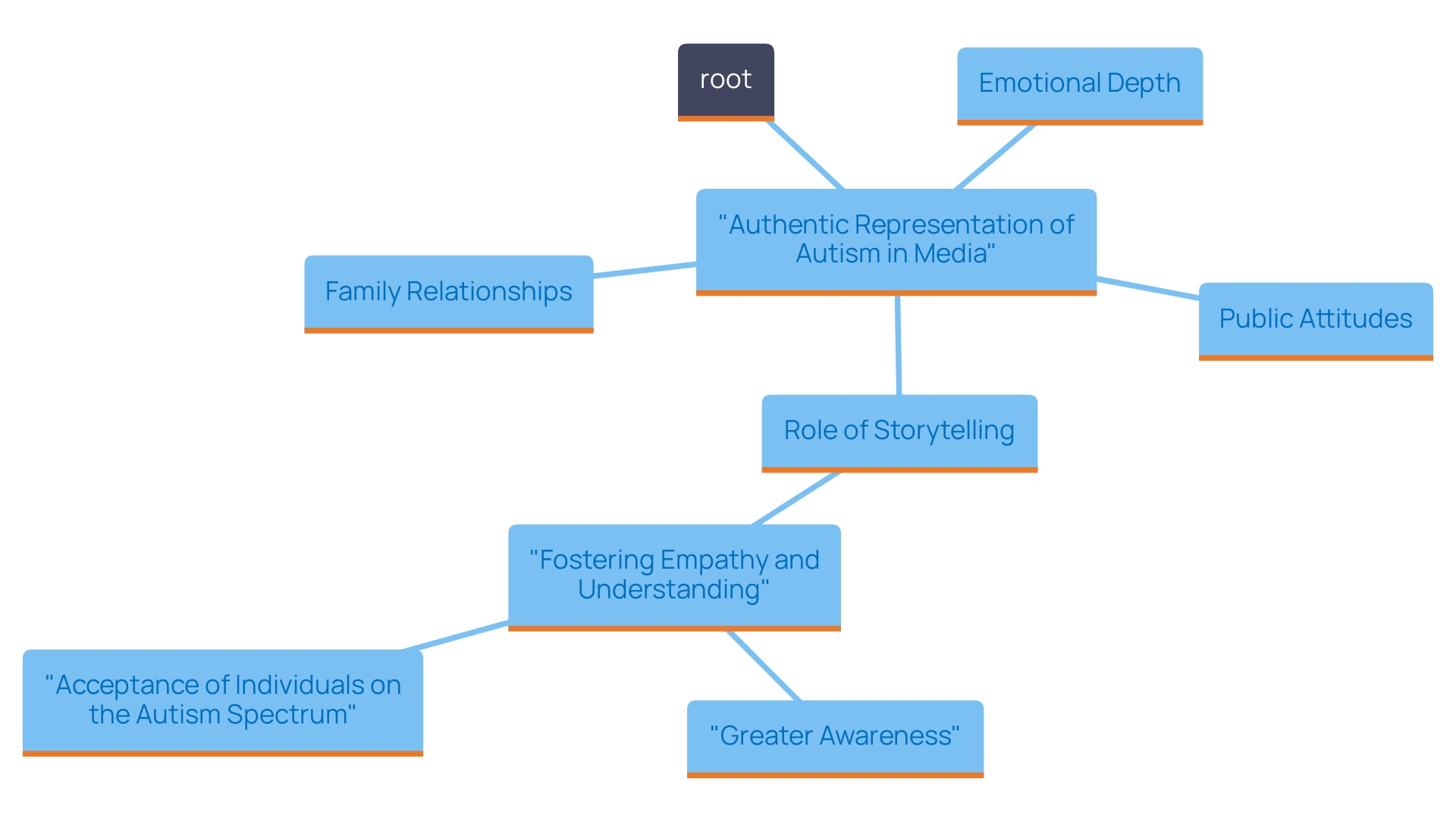
The Father-Son Relationship: Struggles and Triumphs
At the core of Pixar's 'Float' is the profound relationship between a father and his son, marked by both challenges and moments of joy. This story poignantly illustrates the father's struggle to embrace his son's extraordinary ability to float, a metaphor for the unique traits that can set individuals apart in society. As he wrestles with societal expectations and the fear of judgment, the father’s journey resonates deeply with many families facing similar dynamics.
The movie captures the essence of unconditional love, showcasing how the bond between them evolves through shared experiences. Despite the external pressures and the inherent struggles, there are illuminating moments of connection that highlight their relationship. This intricately woven narrative serves as a powerful reminder that love can triumph over fear and uncertainty.
As viewers witness the father’s emotional journey, they are invited to reflect on the beauty of familial love and its ability to provide strength in the face of adversity. This theme is especially pertinent in today's setting, where numerous families, such as those dealing with the challenges of mental health or neurodiversity, can discover comfort and support in the message. The film emphasizes that embracing uniqueness, rather than hiding it, fosters resilience and deeper connections within families.
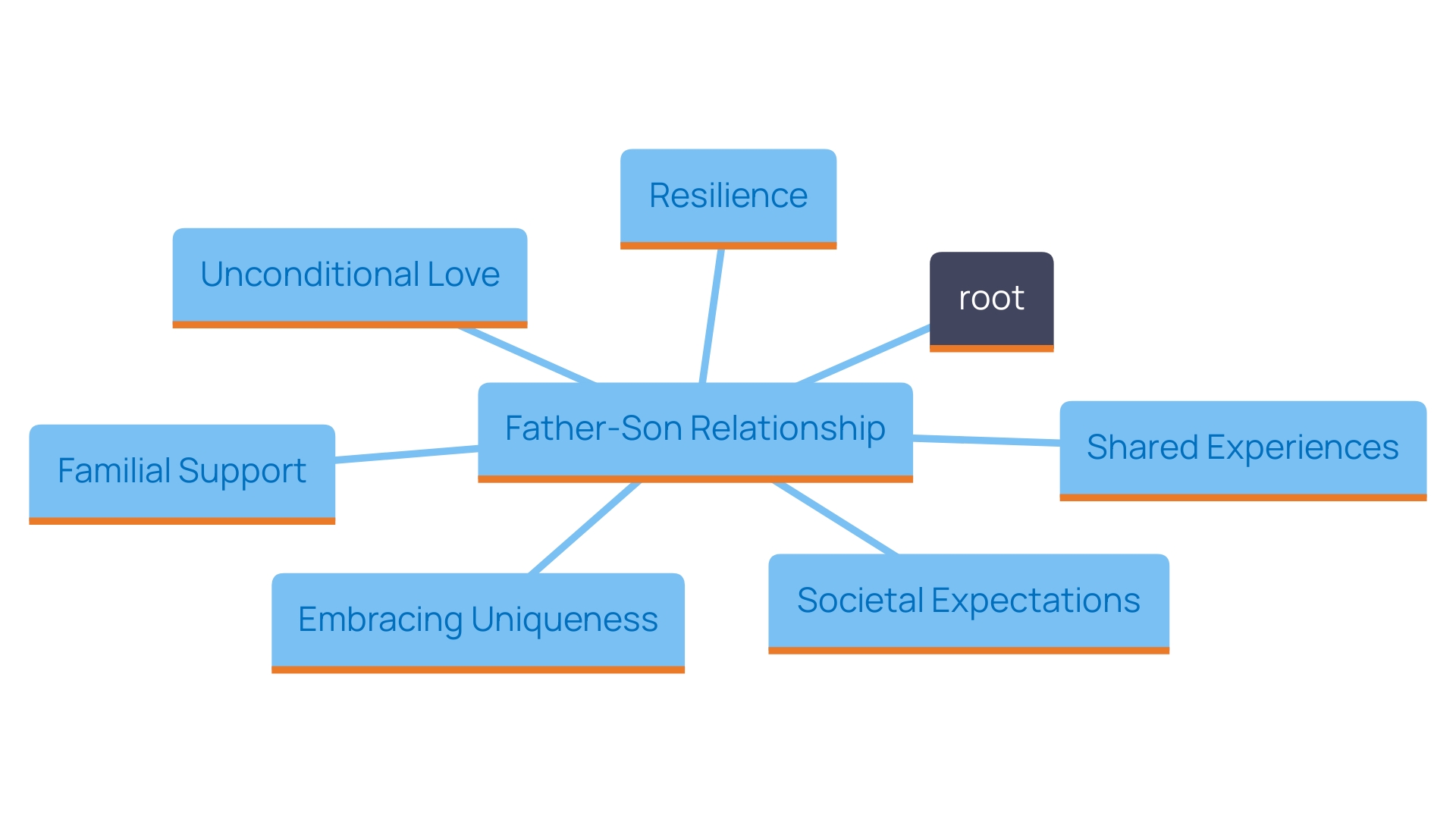
The Power of Love and Acceptance: Overcoming Fear and Judgment
'Float' masterfully illustrates the vital role that love and acceptance play in overcoming societal fears and judgments. As the narrative unfolds, the father's initial uncertainties about his son’s unique ability to float evolve into a profound and unwavering support. This transformation not only highlights the father’s journey of acceptance but also serves as a powerful reminder for all parents about the importance of embracing their offspring's differences.
The film encourages parents to validate their offspring's feelings and emotions, fostering an environment where young ones feel understood and valued. By recognizing the emotional environment that young individuals navigate daily, parents can help cultivate resilience and promote healthy development. As Dr. David Offord poignantly stated, “Growing up in Canada is like a race. I do not mind if my offspring are in a race as long as the race is fair. This emphasizes the need for an equitable environment where every young person, regardless of their differences, can thrive.
'This production confronts societal standards and encourages viewers to establish environments where every young person is appreciated for their true self. It reinforces the idea that love is not merely a reaction but a foundational element that nurtures growth and acceptance. In doing so, it encourages parents to recognize both the unmet needs and the unique strengths their offspring bring to their communities, ultimately reducing chronic sources of stress and enhancing overall family well-being.
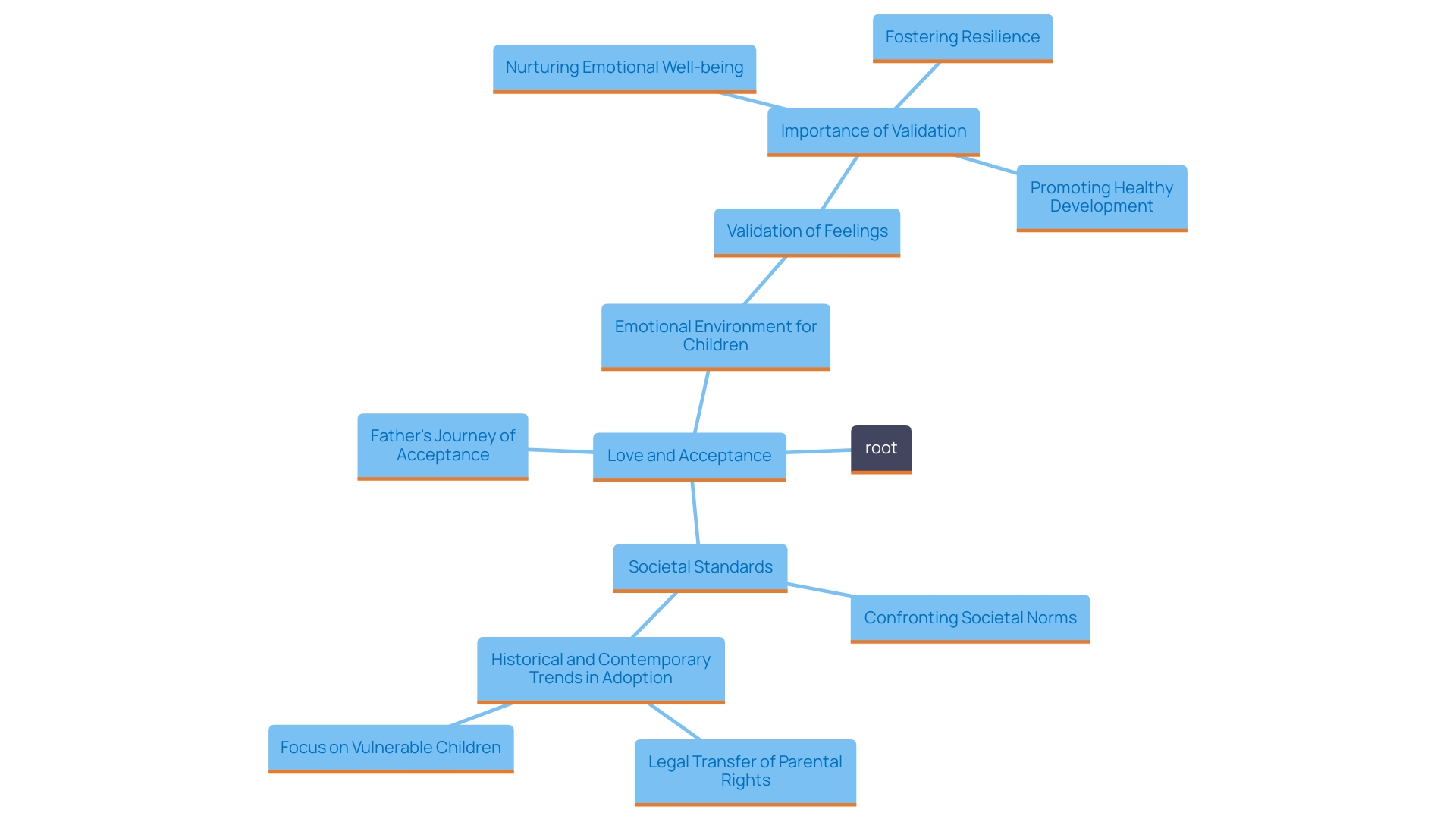
The Impact of 'Float' on Audiences and Representation in Media
The animated short film 'Float' by Pixar has ignited vital discussions around representation in media, particularly concerning individuals on the autism spectrum. Its poignant storytelling highlights a father's journey as he navigates his son’s unique challenges, offering a glimpse into the emotional complexities of parenting a child who is perceived as different. This narrative resonates deeply with many families, bridging the gap between the autism community and broader society.
'Float' serves as more than mere entertainment; it acts as a catalyst for conversations about acceptance, understanding, and the rich tapestry of human experience. By presenting authentic stories, the film underscores the importance of diverse representation in media, encouraging audiences to reflect on their perceptions of normalcy. As noted by Marie Erbs Ørbæk, head of live events at CPH: DOX, the ongoing exploration of the body and identity in media challenges societal constructs of what constitutes a “normal body.”
Moreover, statistics reveal that a significant portion of children with autism struggle with traditional learning and communication methods. This highlights the necessity for creative storytelling that resonates with diverse experiences. In this context, the animation serves as a prime example of how movement can inspire empathy and comprehension, especially for individuals dealing with the intricacies of neurodiversity.
As highlighted by scholars in disability studies, there remains a lack of representation of disability in children’s media, making 'Float' a groundbreaking step forward. It opens the door for further exploration of characters and narratives that reflect the realities of autistic individuals, fostering a culture of inclusion and respect. The film's heartfelt portrayal serves as a reminder of the need for more stories that embrace uniqueness and challenge societal norms, ultimately promoting a more inclusive media landscape.
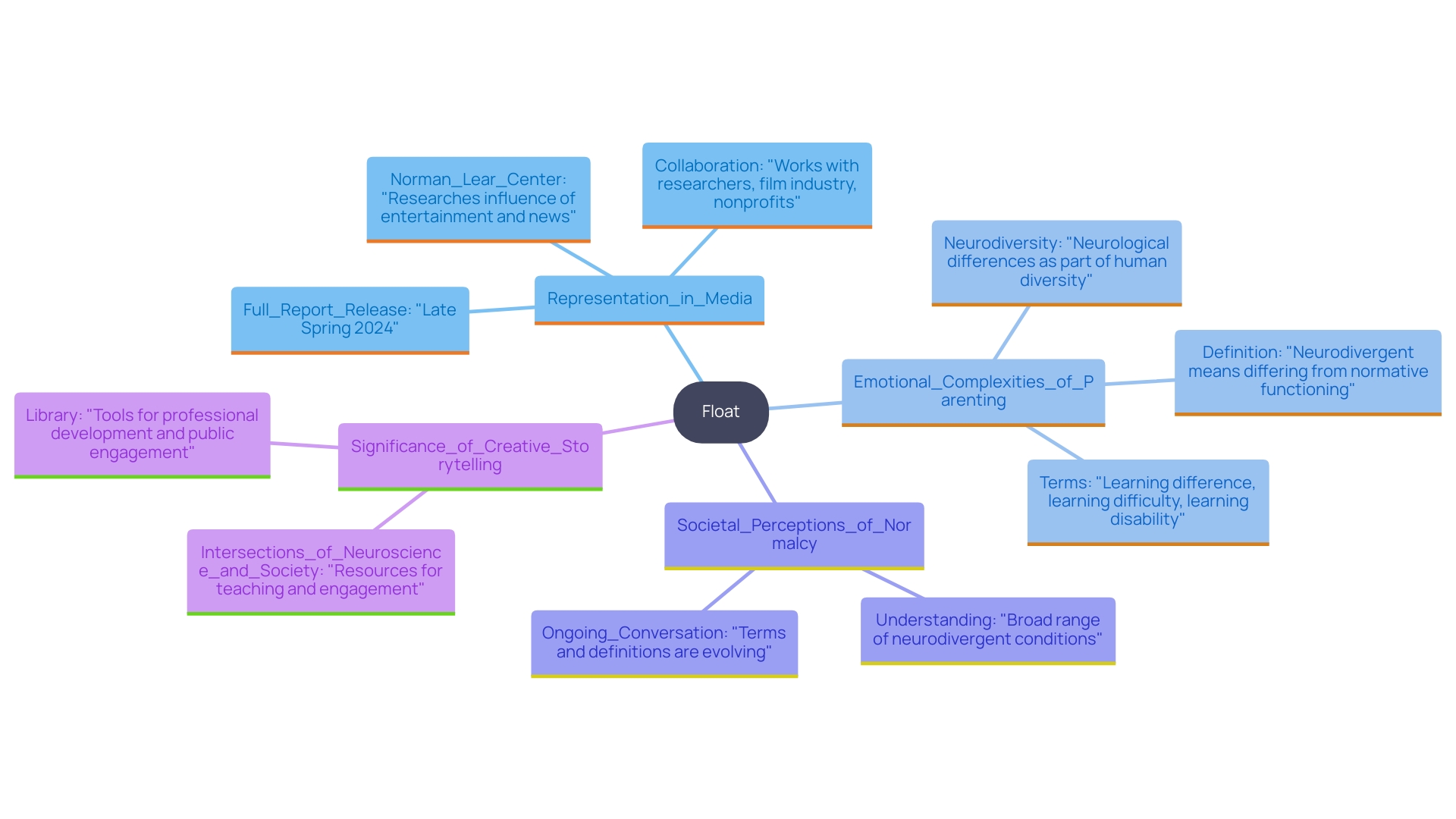
Conclusion
The narrative of "Float" resonates deeply with families navigating the complexities of neurodiversity, offering a heartfelt exploration of acceptance, love, and individuality. Through the poignant relationship between a father and his son, the film illustrates the transformative power of unconditional love in the face of societal challenges. By embracing the metaphor of floating, it encourages viewers to celebrate uniqueness and recognize the beauty inherent in differences.
The film’s authentic portrayal of autism not only validates the experiences of neurodivergent individuals but also fosters understanding among broader audiences. It serves as a crucial reminder of the importance of representation in media, illustrating how diverse narratives can challenge societal norms and spark vital conversations about acceptance. By emphasizing that every child’s journey is unique, "Float" advocates for an environment where all children feel valued and supported.
Ultimately, "Float" exemplifies how love and acceptance can triumph over fear and judgment, encouraging parents to nurture their children’s individuality. The film stands as a powerful testament to the resilience found within familial bonds, reinforcing the idea that embracing differences enriches communities. As the conversation around neurodiversity continues to evolve, the impact of "Float" serves as a guiding light, inspiring a deeper appreciation for the unique journeys of all individuals.




